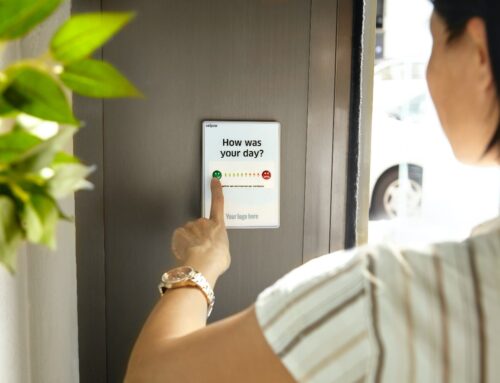Finding the time to provide helpful feedback to students is likely to be a particular challenge this year. With the move to RBL, everyone is busy relearning the basics, and in the absence of traditional exams, assessment is less straightforward than normal. At this point in the semester when coursework marking looms large, the purpose of this blog is to provide some tips about making marking and feedback as efficient as possible, and to signpost some support.
Some suggestions are provided below about speedy feedback and impactful feedback. The suggestions are drawn from LTA resources (with links).
Speedy feedback
How can we provide feedback in as time-efficient way as possible, without reducing its usefulness?
- It may be quicker to provide audio feedback than written feedback (for those of us who can speak faster than we write) and many students prefer the personal nature of spoken feedback. If you’d rather turn your spoken feedback into text, many of us are becoming familiar with voice-to-text software via the captioning of recordings. There are various applications that will allow you to turn spoken feedback into text. (In at the Deep End)
- Having a bank of frequently-used feedback comments can speed up the feedback process. This can be done within Turnitin, or just by keeping a document of common comments that you can cut-and-paste into students’ work. (Watt Works Guide 4)
- Collective feedback, on the work of a whole class, can be a very efficient method of providing feedback. There are often common mistakes, misunderstandings and developmental points, and students can learn from the process of thinking about how their work manifested those common points. Collective feedback can be provided both orally in class time (with a discussion) or in written form. Collective feedback can be used for common issues, supplemented by reduced individual feedback. (Watt Works Guide 4)
Impactful feedback
“Feedback should be more work for the recipient than the donor.” Dylan Wiliam
We can often spend a lot of time worrying about what the feedback itself looks like: how detailed it is, its tone, how it links to the marking criteria. Those kinds of things are important, but they are means to an end: the main measure of feedback is whether it makes a positive impact on students’ work. It is therefore important that feedback is efficient in the sense of maximising the bang-for-your-buck. Students should spend more time reading, thinking about and using the feedback than you spend writing it.
- Feedback should encourage students to use it to improve, so the tone should be constructive and developmental. Language that has a tone of finality such as ‘poor’ or ‘excellent’ can be useful, but it is also important to provide feedback that helps students understand how their work could have been better, and how they can do better next time. (In at the Deep End)
- Students can have a tendency to focus on their mark and ignore the feedback, or just to interpret the feedback as a justification of the mark rather than as a guide to how to improve next time. One way of helping them avoid this temptation is to provide feedback in advance of the mark, by a day or two. (Watt Works Guide 2)
- Asking students in advance of the submission what areas they would like feedback on, can be a good way of encouraging them to engage with the feedback when they do receive it. Feedback request forms can also help you direct your efforts to the most impactful areas, increasing the efficiency of the feedback. (Watt Works Guide 1)
- Students don’t always know what feedback is for, and how to use it. It can be useful to explicitly discuss it during the course. This can help clarify expectations, help students to understand that the purpose of your comments is to help them improve, and help them to understand how to act on feedback. (Watt Works Guide 2)
- Quick feedback is more likely to have an impact on students: the assessment is still fresh in their minds, and they can remember what they were trying to achieve. Obviously it is not often possible to provide individualised high-quality feedback within a few days, but sometimes it is possible to provide quick-and-dirty feedback. For example, giving students collective feedback after you’ve marked 20% of the assessments (‘I’m noticing that quite a few of you seem to be making the following mistake…’) can be a good way of giving students feedback when they are in the best position to reflect on it. (In at the Deep End)
Feedback can be a burden, but it is one of the most important ways that students can improve their work. And as Dylan Wiliam says, providing individual feedback to students is one-to-one tuition: a pretty expensive form of teaching. Making sure that we are being as efficient as possible is crucial.
All the LTA resources on feedback can be found in the LTA website resources section.
Dr Alex Buckley of the LTA will be running a webinar on increasing the efficiency of feedback on Monday 2nd November (9-10am UK, 1-2pm Dubai, 5-6pm Malaysia), you can register via the LTA Libcal page here.
Photo by Pau Casals on Unsplash






